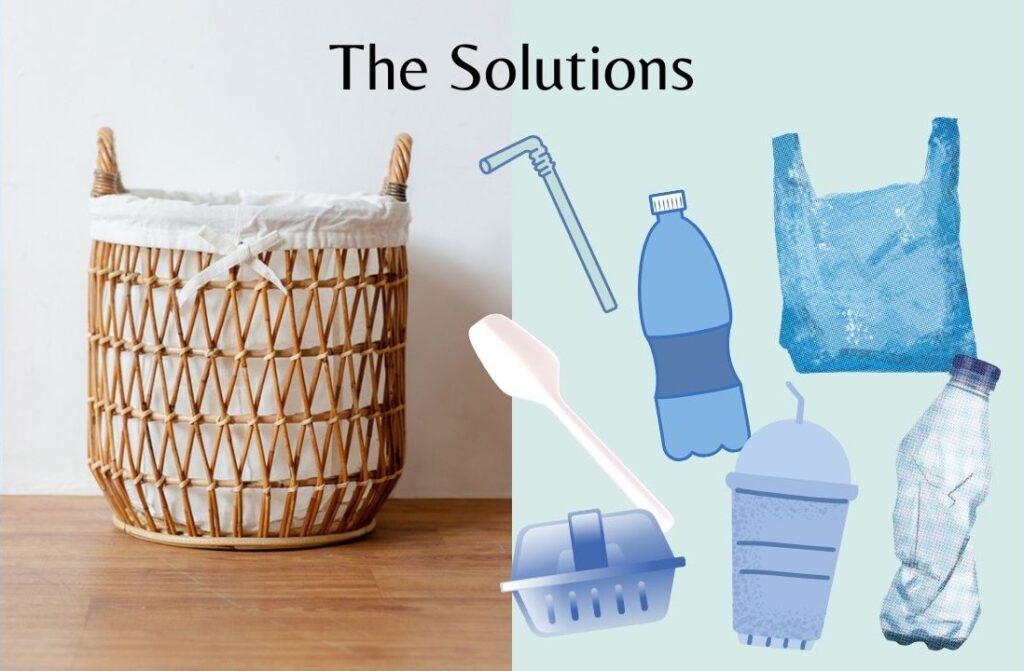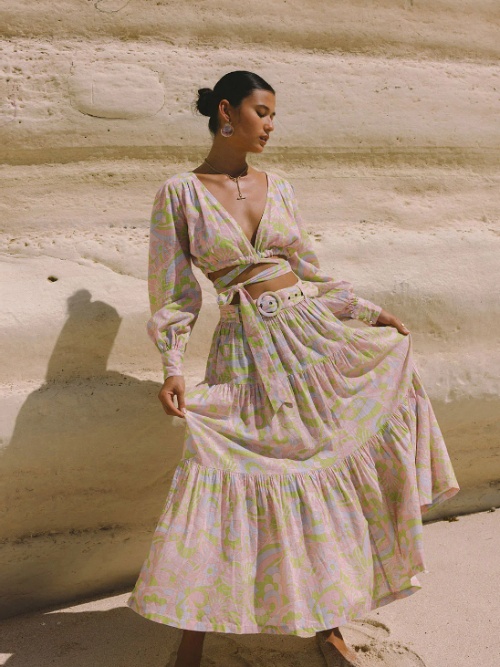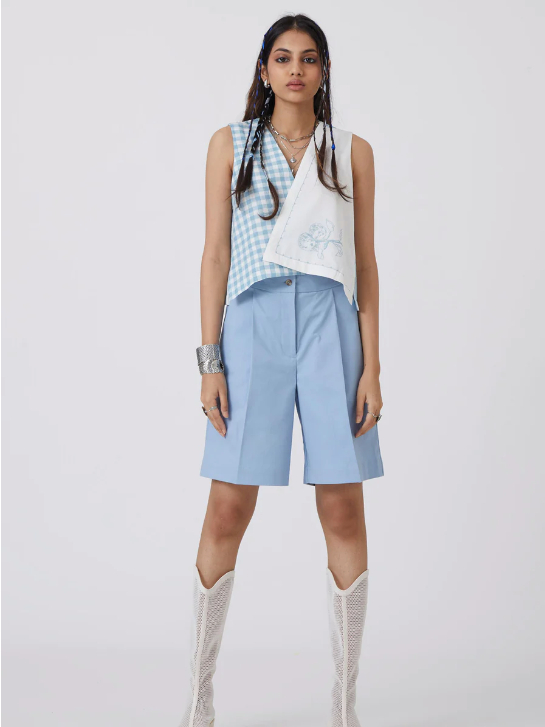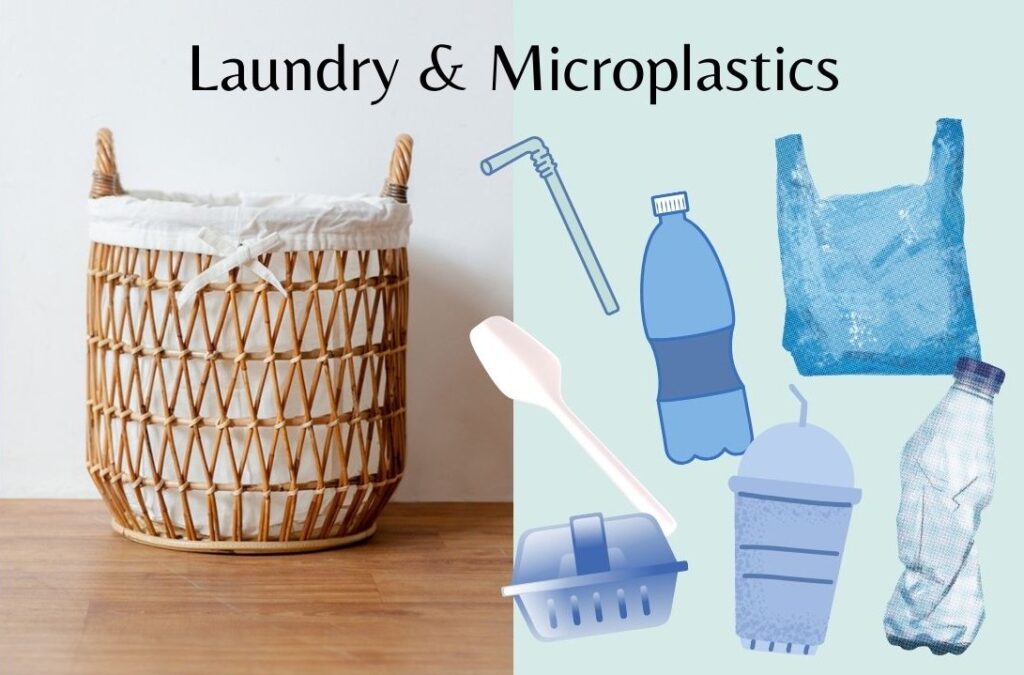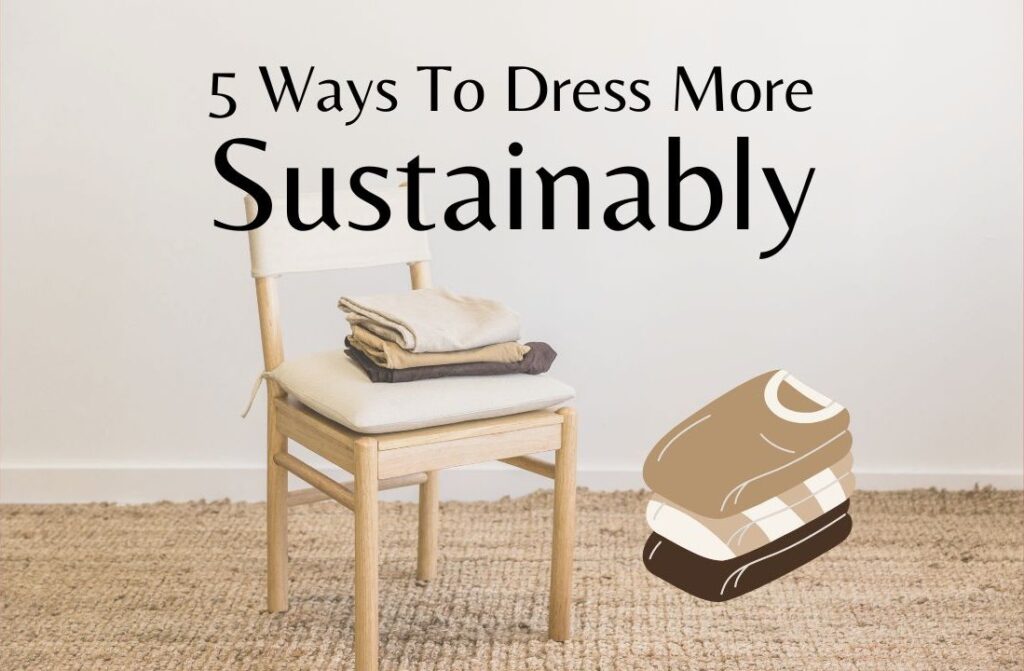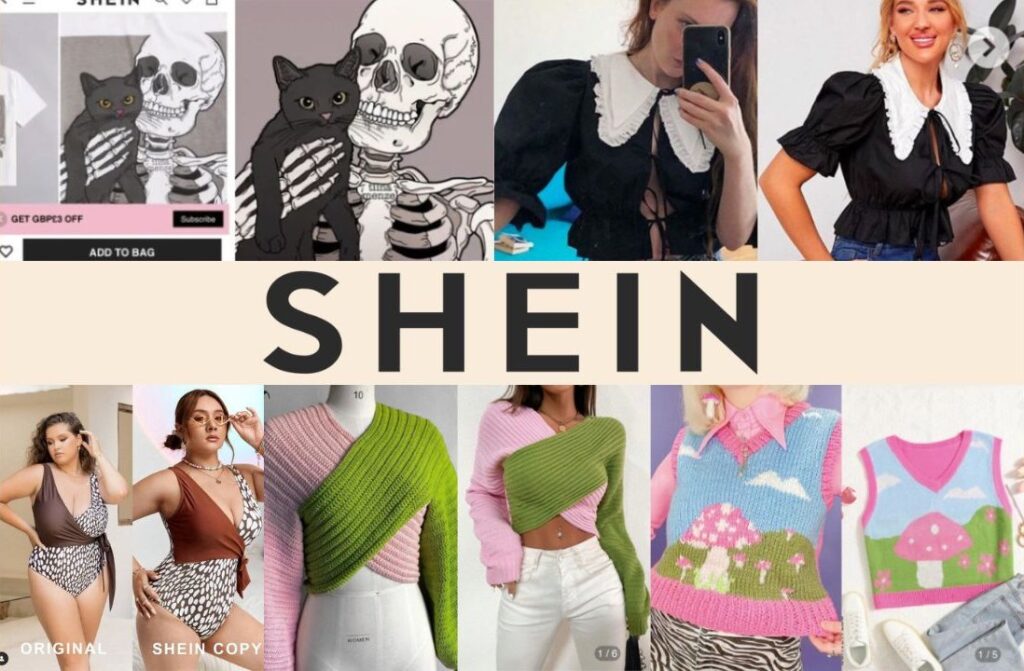This Is Why The SHEIN Brand Trip To China Backfired
Shein has once again made headlines for the wrong reasons after organising a brand trip that went wrong for both the company and the influencers involved. The fast fashion brand has been criticized for things like forced labour and their negative impact on the environment. To rehabilitate their image and try to show the reports written about the working conditions in their factories are not true, Shein organised a sponsored trip with 6 American social media influencers. And not to an exotic island, but to some of their manufacturing facilities in South China. The influencers shared their experience to their audience and the result is content full of classic greenwashing…
